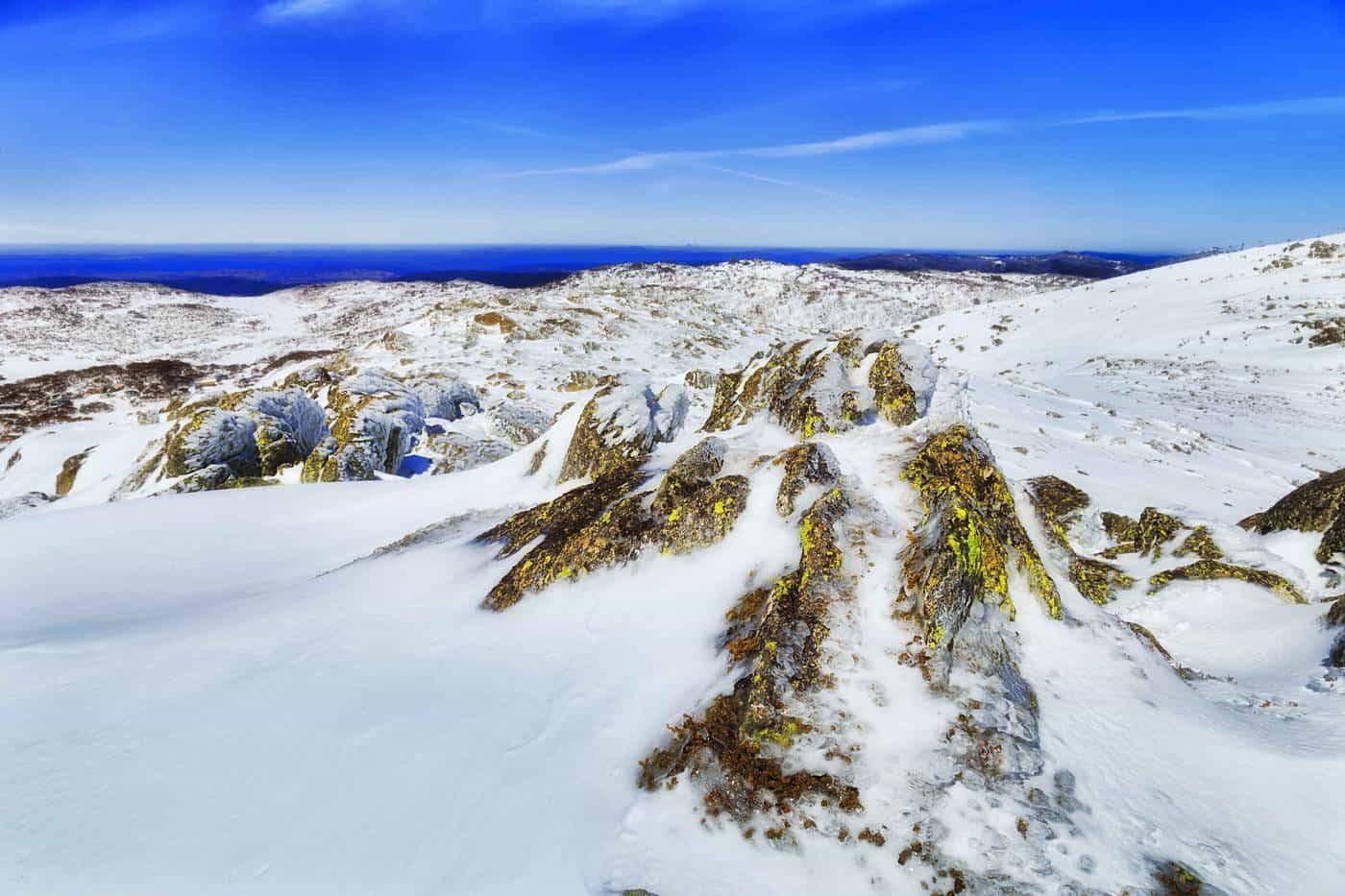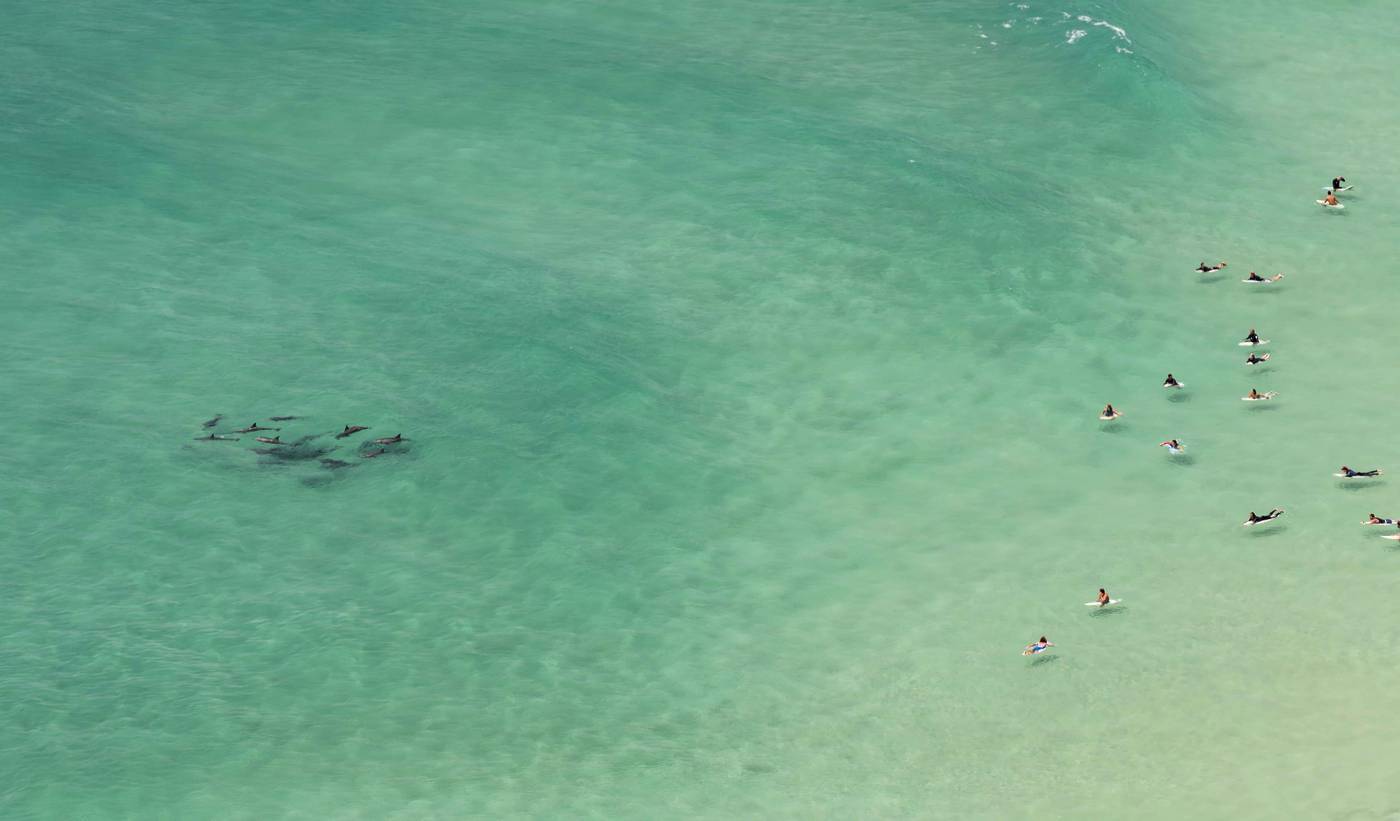
NSW FAR WEST
Today, the Far West is home to the largest mining company in the world and an attractive tourist destination for those who like to uncover the early white settler`s history, the ancient indigenous legends, find the Mungo Man – the oldest human ever found in Australia, spot the last wild camels in the planet and experience the real Australian Outback.
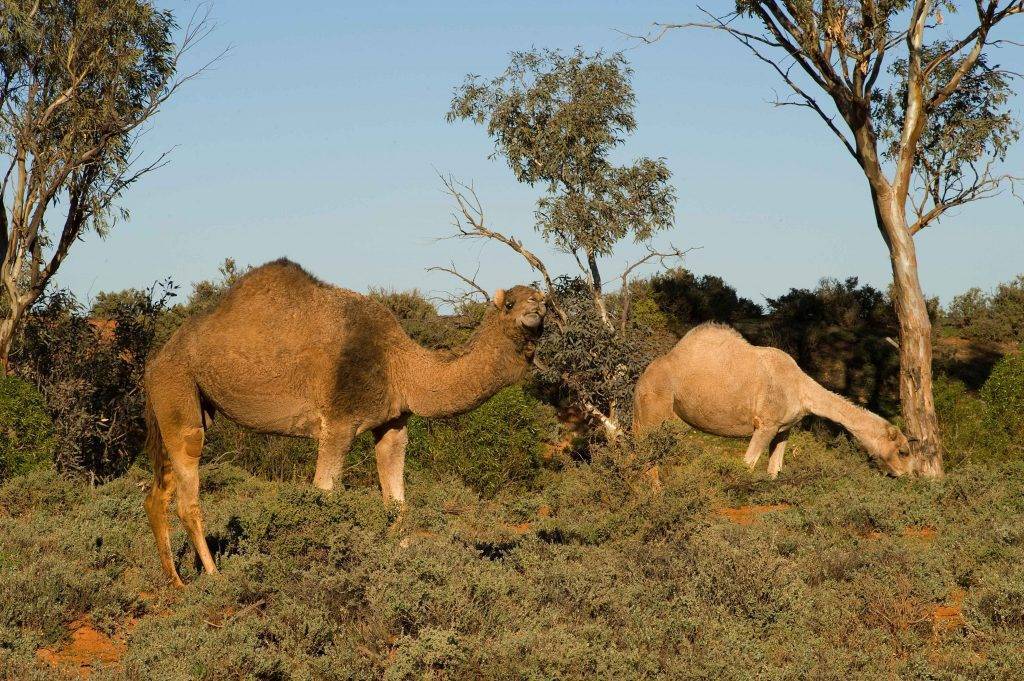
DUBBO AREA
If driving from the coast inland, the landscapes quickly change, and the forested hills turn into fertile green plains. Orange attracts with its beautiful orchards, vineyards and autumn colours, and Wellington is known for a large system of caves.
Dubbo – the Hub of the West – located on the Macquarie River enjoys a passionate farming community and the Western Plains Zoo, known for animal breeding. The humid subtropical climate here will soon disappear, the air gets dry, and the soil turns red. Dubbo is the gateway to the Outback.

ESSENTIAL EXPERIENCES IN DUBBO
- Taronga Western Plains Zoo – the famous animal breeding station and zoo is a must, ride a bike or walk around the large open-range area
- Old Dubbo Gaol – operated for 119 years, the historic jail offers spectacular tours through dark moments and the eerie stories prison history
- Cobb & Co Trail – lovely walking track through the historic sites of the town
- Museums & Galleries – Military Museum, Museum and History Centre, Aboriginal Art and Craft Workshop, Art Gallery, Jeddah Boomerang, Dubbo Observatory
- Heritage Buildings – Holy Trinity Anglican Church (1876), Methodist Church (1888), Pastoral Hotel (1890)

BOURKE AREA
The northern Outback of NSW fringes the border with Queensland and it is defined by vast inland plains filled with sapphires, topaz, opals and gold. There is much history in the regions, both the early settlers – gold miners and farmers, and the ancient Aboriginal heritage. The isolation makes it a perfect refuge for native wildlife, too.

The Darling River, once a powerful entity in inland trade, breathes out nostalgia and memories of those halcyon days. The contrast between dwindling outback communities and the bustle of some of the most modern coastal cities in the country is confronting indeed.
The indigenous culture, the legendary bushranger Captain Thunderbolt`s robbery drama and convict escape from timber camps along with mineral exploration, agricultural and transport history and river trading – all these are subjects of historical interest.
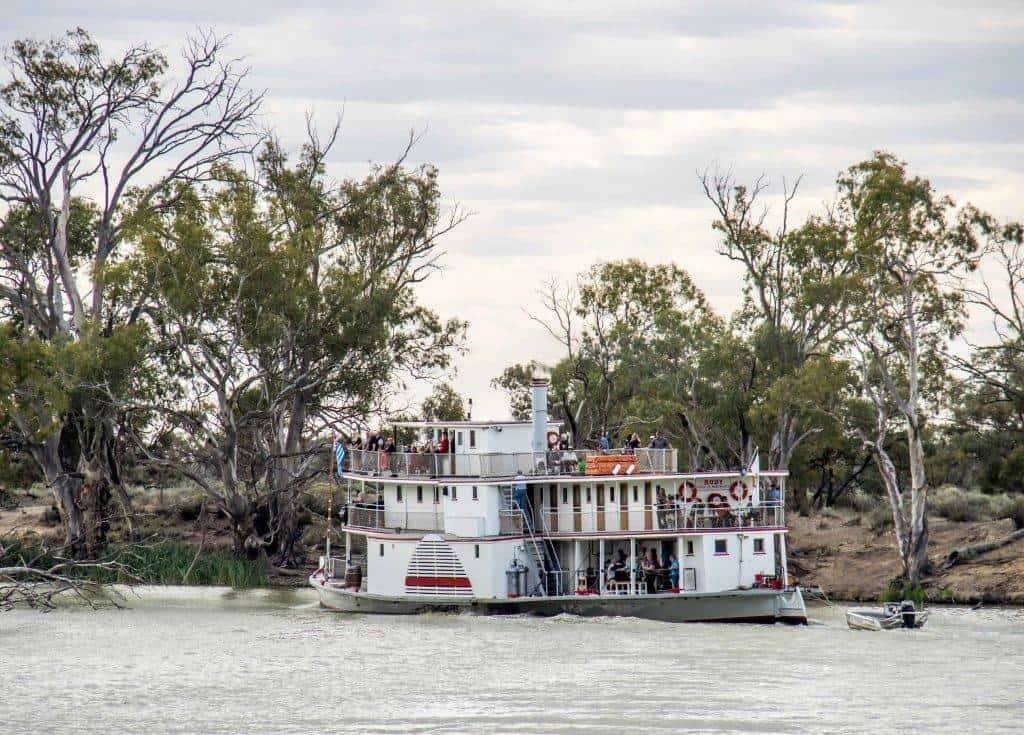
ESSENTIAL EXPERIENCES IN BOURKE
- Back O`Bourke Exhibition Centre & Gallery, Outback Shows – local culture, regional art and exciting outback shows featuring camels, Clydesdales, trick horses, working dogs and bulldogs
- Darling River Cruise – a romantic slightly nostalgic boat tour from the once celebrated paddle streamer port and bustling wharf
- Gundabooka National Park – spectacular red outback experience, wildlife, bush camping & walking, Aboriginal rock art
- North Bourke – developing outback tourist village, ideal for recreation (the Kidman`s Camp on Darling River is an oasis in the outback)
- Wilcannia – a small town on the Barrier Highway that crosses Darling River. Stop by if heading to Broken Hill – Wilcannia used to be an important inland port during the great riverboat era

BROKEN HILL AREA
Known as “The Silver City”, Broken Hill is situated at the heart of the Australian Outback. The town has had its share of ups and downs, and the big discovery of copper, gold, silver, lead and zinc brought prosperity and changed its history.
The BHP is the largest mining company on earth whose origins stretch back to the 1860s.
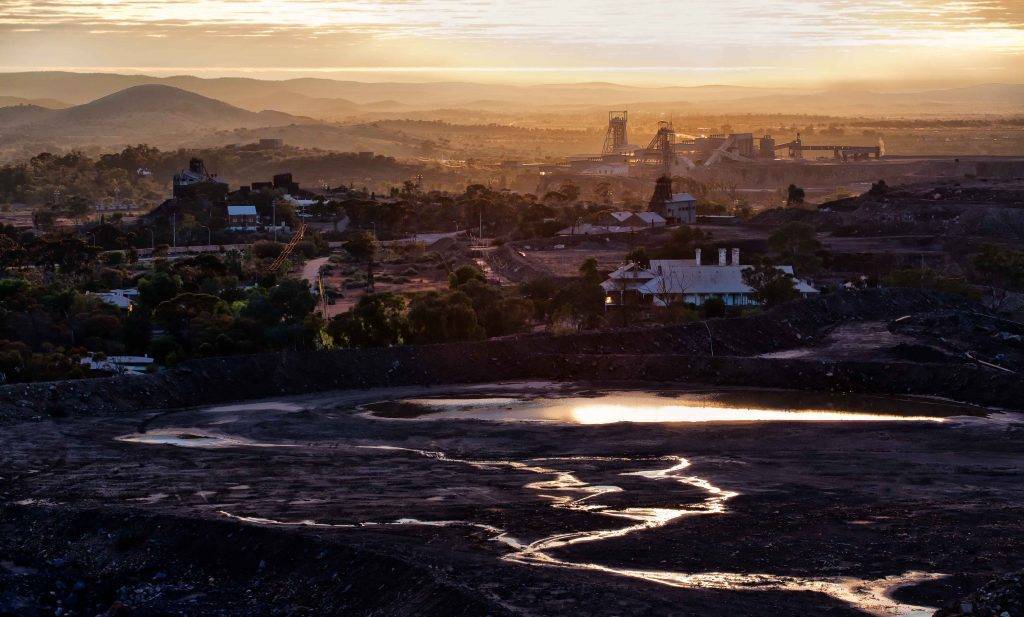
The town`s isolation, desert climate and the blistering sun might well be discouraging, yet travellers heading from Sydney to Adelaide will certainly enjoy a short stopover to explore the attractions of Broken Hill and its surrounds, where the ghost town of Silverton is the star of the grand Outback show.
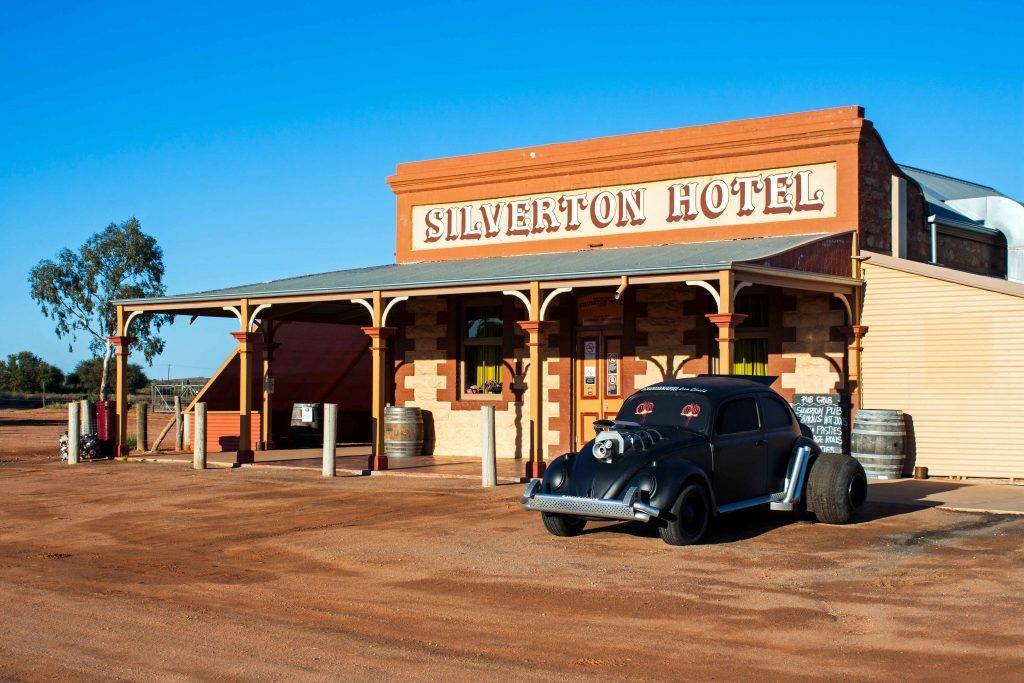
ESSENTIAL EXPERIENCES IN BROKEN HILL
- Broken Hill Information Centre – to find out more about the place and its points of interest (various tour bookings available)
- Living Desert Sculptures – a must-see attraction!
- Mundi Mundi Lookout
- Rail, Mineral and Train Museum
- The Regional Art Gallery
- Silver City Mint and Art Centre
- White`s Mineral Art and Living Mining Museum
- Royal Flying Doctor Service Base – educational and informative hangar and museum
- School of the Air – a typical Outback education conducting school lessons via satellite for children living in remote outback station homesteads
- Afghan Mosque – the former ‘camel camp’ where Afghan and Indian camel drivers loaded and unloaded their camel teams, from the earliest days of Broken Hill (1891)
- Mad Max Museum – one of the filming locations of Mad Max
- Stuart Park and Titanic Memorial – a nice reserve for a family picnic and BBQ
- Twin Lakes – a lovely verdant oasis in the middle of the Outback with gorgeous gardens and lakes
- BHP – the largest mining company on earth
- Silverton – once a rich silver mine and today a ghost town
- Menindee and Kinchega National Parks – Aboriginal artefacts, history, Lake Menindee and Darling River, camping, walking
- Mutawindtji National Park – camping, walking, indigenous art and culture
- The Silver City Highway – Packsaddle, Milparinka and Tibooburra and semi-desert of the Sturt National Park
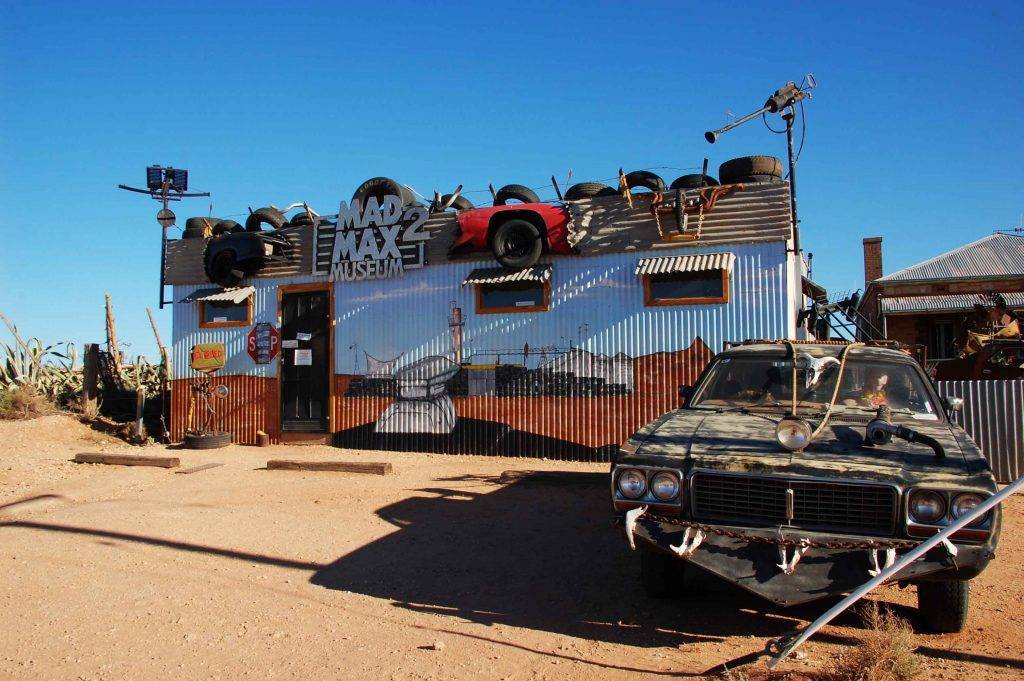
TIBOOBURRA AREA
North of Broken Hill, the scenery is typical of tufted grasslands, low sandy rises – sometimes yellow, sometimes red – and lines of threes showing where the creeks and water holes lay, and the land scattered by sheep and cattle stations. There are just a few settlements around – all of them marked by the short-lived gold rush and Aboriginal history.
The word ‘Tibooburra’ is Aboriginal for ‘a place of rock’. Indeed, the town has a semicircle of large granite rocks dotted around two sides. Packsaddle, Milparinka and Tibooburra offer several historic sites, museums and good facilities.

The nearby Sturt National Park is just for the most courageous ones as it leads right into the Innamnicka and Strzelecki desert areas. Exploring the Sturt National Park itself is something to remember forever though: Aboriginal middens and stone relics, granite outcrops and flat valleys, and that bright red earth contrasting with the ever-blue skies.
The area presents characteristic outback scenery with outlying homesteads, pastoral properties, red semi-desert, stony terrain, kangaroos and a large network of dirt tracks suitable only for 4WD. One of the highlights of the trip is the iconic Dingo Fence.

ESSENTIAL EXPERIENCES IN TIBOOBURRA
- Tibooburra – Goldmine Museum, outdoor cinema, School of the Air, Aboriginal artefact displays, heritage buildings, Dead Horse Gully campground
- Milparinka – a ghost town, Mount Poole, Poole`s grave and cairn, cemetery, historic buildings
- Sturt National Park – outback scenic drives to Innamnicka & Strzelecki (via Cameron Corner), Dingo Barrier Fence, the Queensland border
DID YOU KNOW?
Dingo Barrier Fence is the world`s longest fence that keeps dingoes out of the sheep and cattle in this hostile country. Built in the 1880s, the fence is 3.500 km long, and it runs from the western coast of South Australia to the south-east of Queensland/north-west NSW border across the whole continent.

MUNGO NATIONAL PARK
Travellers with enough time should definitely have a stopover in the Mungo National Park. 6 hours drive from Broken Hill, the UNESCO recognised area is an astonishing collection of 17 dry lakes that present kind of lunar scenery.
Lake Mungo is the most significant for archaeological findings of the remains of Mungo Man – the oldest human ever found in Australia.

‘The Walls of China’ is the best example of the lunar landscape in the national park, and for some of the most astonishing Outback images, it is a popular tourist attraction.
The Mungo Lake can be driven around (a 70 km loop track, 4WD recommended). There is a visitor centre in the park, and good accommodation (ranging from basic camping to comfortable eco-lodges). Remember that this is a sacred Aboriginal site, and all road signs need to be respected.

NOTE
The NSW Outback regions are best to be explored by self-driving, and such a road trip is a big part of the Australian adventure. There are several scenic drives and road trip options.
You can begin the journey in Sydney, Melbourne or Adelaide, and head towards Broken Hill (via the Silver City Highway or the Barrier Highway – both roads are well-maintained and sealed).
The drive can be extended to the Northern Silver City Highway (begins in Broken Hill and leads to Tibooburra and Queensland. This can be a very exciting 4WD drive to the semi-deserts of the Outback.

USEFUL TRAVEL TIPS
Drivers are recommended to use a 4WD vehicle, and the car should be in a top condition, especially when taking any of the dirt tracks. Do not underestimate the limited fuel and water supply and the possibility of the vehicle breakdown. Only experienced outback drivers should enter areas marked as hazardous since there is no phone coverage at most of the places.
This part of Australia is highly hazardous and isolated, with harsh, inhospitable country, extreme weather conditions and very limited facilities. The Australian Outback claims about 40 lives a year, and it is clear that this is one of the most unforgiving regions on earth.
Remember that the outback tracks are frequently closed due to different reasons (floods or extreme heat during summer). Hence always check the road conditions at the visitor centre prior to travelling.
Note that Australian wildlife is not very road-savvy. Particularly, driving at dawn, dusk and night should be avoided. Kangaroos like to cross the roads any time during the day, so be careful at all times!
After “lunar landscapes” you might want to pay a visit to something completely different like the Snowy Mountains…

WHEN TO TRAVEL
Weather in the Outback is very arid, and it is defined by blistering heat, ever-sunny days and freezing-cold nights. Regardless of the season, these two factors will be present all year round. Generally speaking, wintertime is the best time to visit (June-Sep).
HOW TO GET THERE
Fly to Sydney/Melbourne/Adelaide. There is also a domestic airport in Broken Hill that is well-connected to most of the big Australian cities.
If you are driving (ideally 4WD):
- From Adelaide (500 km) via highway
- From Sydney (1100 km) via highway
- From Melbourne (840 km) via highway
For all flights go to www.skyscanner.com or www.momondo.com
